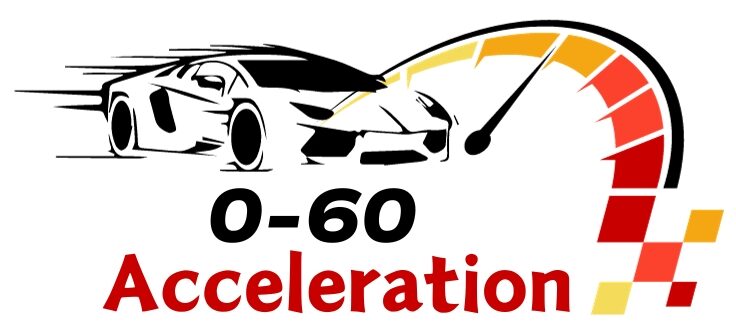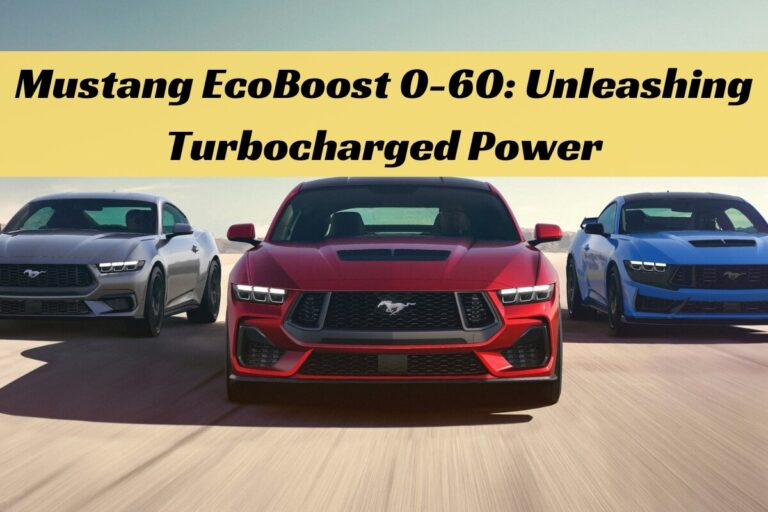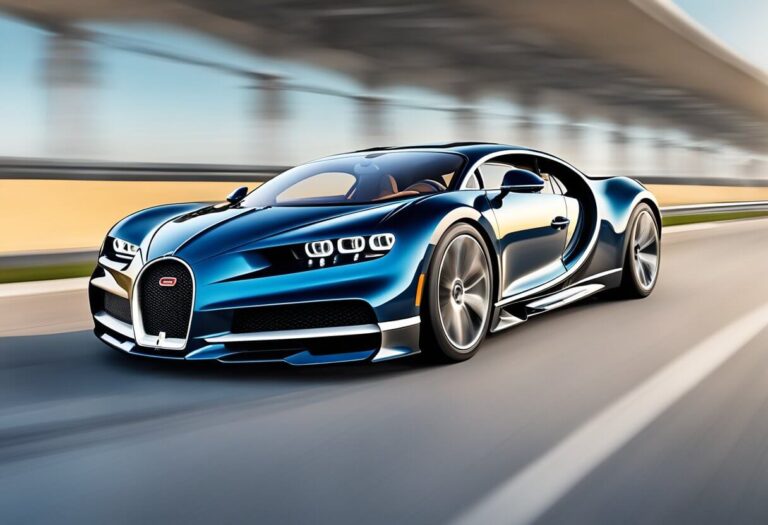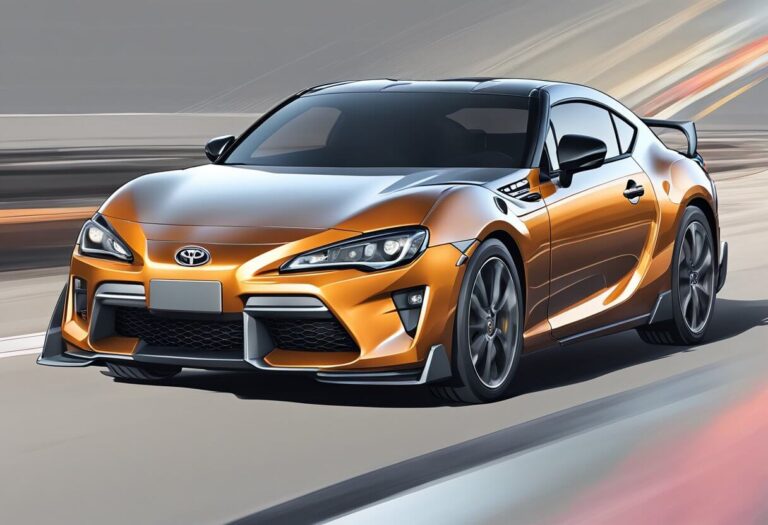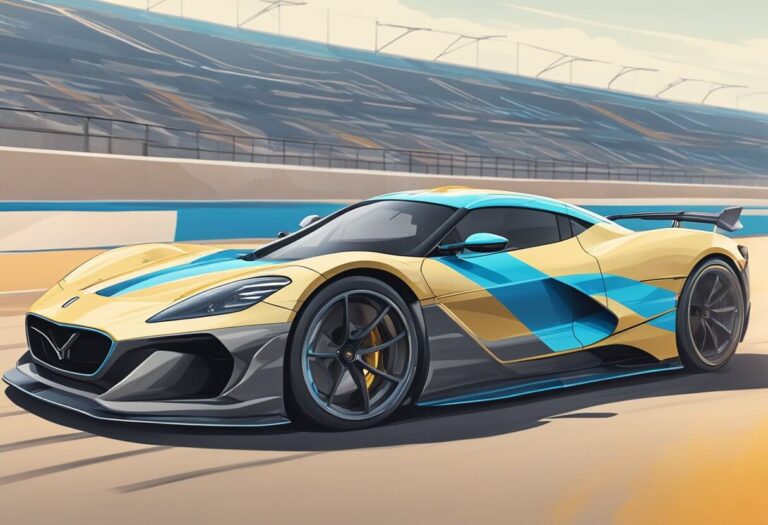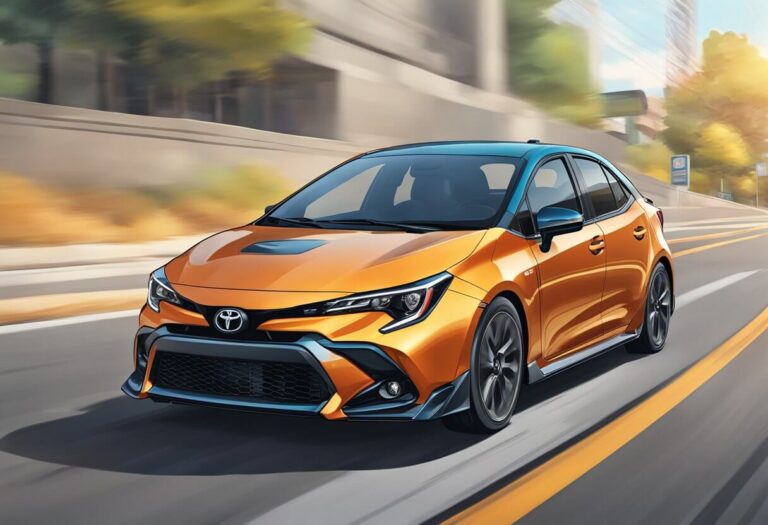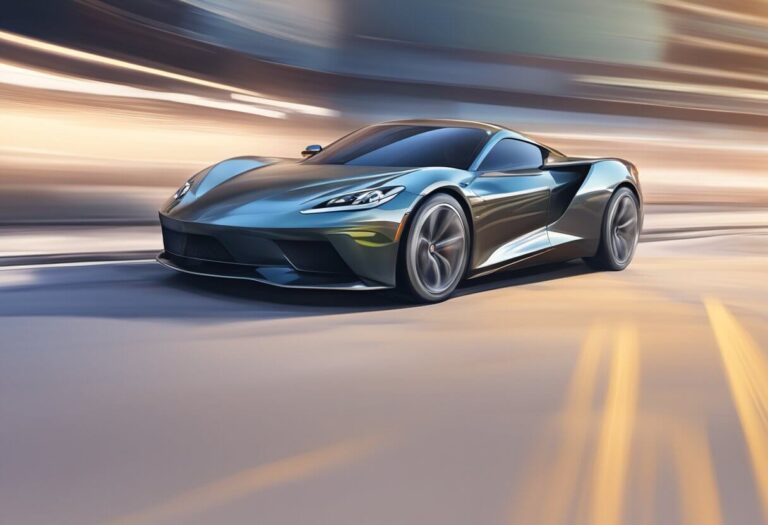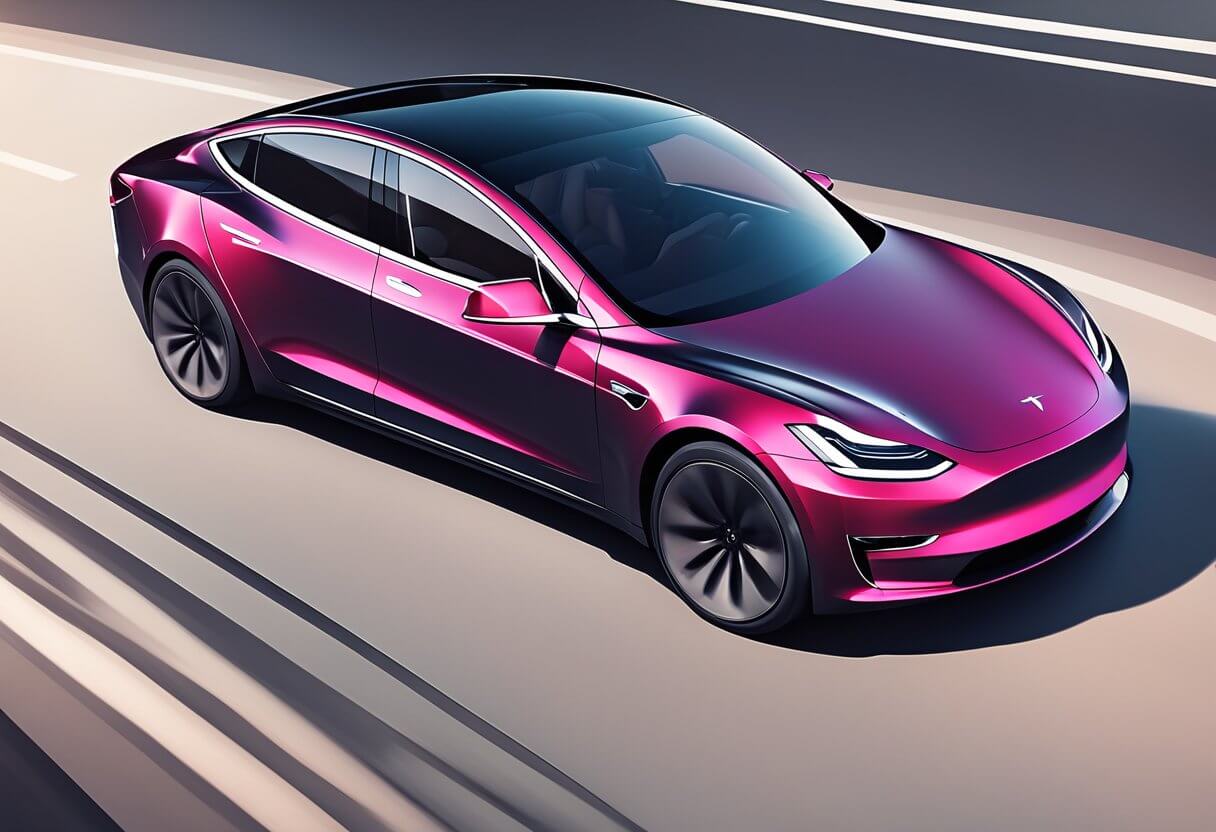
With the proliferation of electric vehicles, acceleration and performance are taking center stage. The bar has now been set: just how fast can an electric car go from 0-60 mph? According to Tesla’s new Model S Plaid, the answer is an unbelievably quick 1.98 seconds. This lightning-fast production car is now tied for the quickest ever tested.
In this post, we’ll analyze the engineering behind the Plaid’s speed by looking at its battery technology, powertrain design, and advanced launch control system. We’ll also examine how its performance stacks up against other top-tier supercars and consider whether this EV’s staggering acceleration translates into a thrilling yet safe driving experience. Read on as we fully explore the world’s new ultra-fast EV king.
Tesla Plaid Overview
The Tesla Plaid is a high-performance electric vehicle that boasts impressive acceleration and speed. The Plaid is available in two model variants: Model S Plaid and Model S Plaid+.
Model Variants
The Model S Plaid comes with a tri-motor setup that delivers 1,020 horsepower and can go from 0-60 mph in just 1.98 seconds, making it one of the fastest production cars on the market. The Plaid also has a top speed of 200 mph, which is impressive for an electric vehicle. The Model S Plaid+ was supposed to be even faster and have a longer range, but it was canceled by Tesla.

Performance Specifications
The Plaid’s impressive performance specifications are due to its powerful electric drivetrain. The Plaid uses a tri-motor setup that delivers power to all four wheels, providing excellent traction and acceleration. The Plaid also features a high-capacity battery that provides a range of up to 348 miles on a single charge.
In addition to its impressive performance, the Plaid also comes with a variety of advanced features, including a 17-inch touchscreen display, autopilot, and over-the-air software updates.
Acceleration Analysis
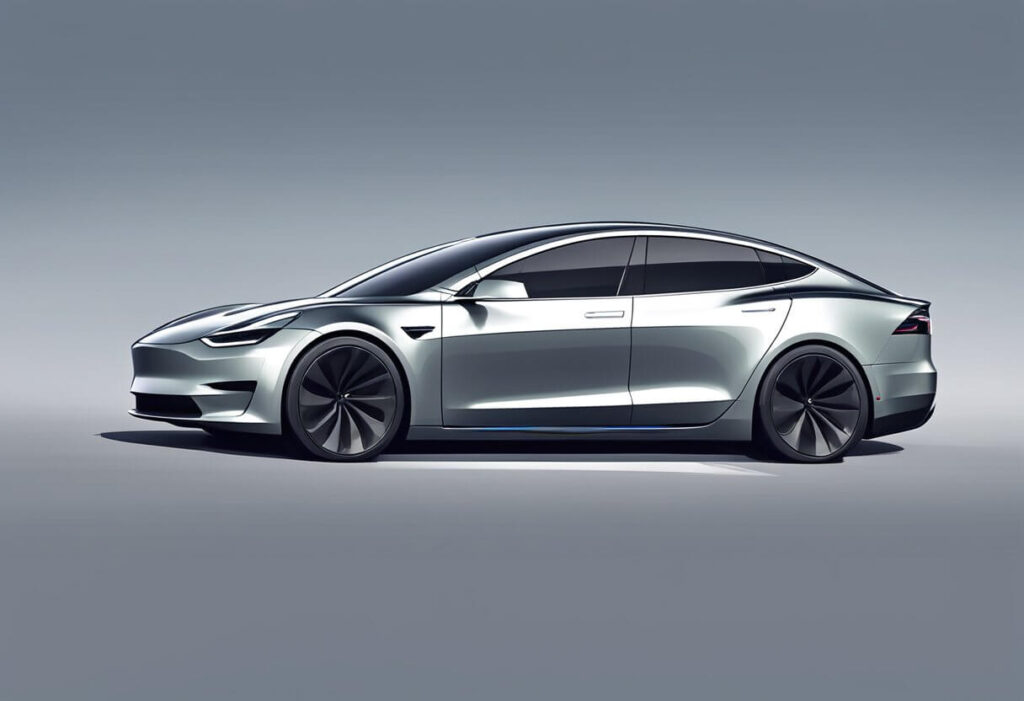
0-60 mph Performance
The Tesla Model S Plaid is an impressive electric vehicle that boasts an incredible 0-60 mph time of just 1.98 seconds. This feat makes it the quickest production car ever made, surpassing its predecessor, the Model S Performance, which had a 0-60 mph time of 2.3 seconds. The Plaid’s acceleration is made possible by its tri-motor setup, which delivers a combined output of over 1,020 horsepower and 1,050 lb-ft of torque.
Engineering Behind the Speed
The Plaid’s impressive acceleration is not solely due to its powerful electric motors. Tesla’s engineers also made several improvements to the car’s battery, cooling system, and drivetrain to maximize its performance. The Plaid features a new battery pack that can deliver more power and sustain high speeds for longer periods. It also has a new thermal management system that can keep the battery and motors cool during intense driving sessions.
Comparison to Other Models
When it comes to acceleration, the Plaid outperforms most other production cars on the market today. Its 0-60 mph time is faster than that of hypercars like the Bugatti Chiron and Koenigsegg Jesko. However, it’s important to note that the Plaid’s acceleration may not be as impressive in real-world driving conditions. The car’s launch control system requires a specific setup process that can take up to 15 minutes, and it may not be practical for everyday use. Additionally, the Plaid’s acceleration drops off significantly after the initial launch, making it less impressive in rolling starts or highway passing maneuvers.
Battery and Powertrain
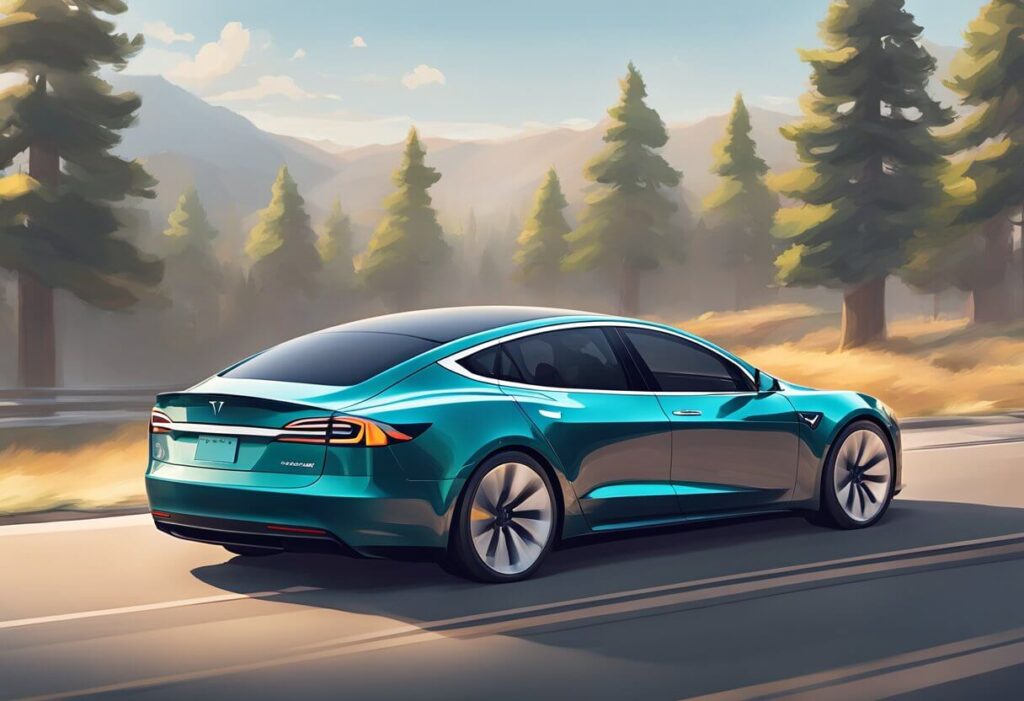
Battery Technology
The Tesla Model S Plaid is powered by a 100 kWh battery pack, which is capable of delivering up to 396 miles of range on a single charge. The battery pack consists of 7,920 individual lithium-ion cells arranged in modules, which are then connected in series and parallel to form the pack. The battery pack is liquid-cooled to maintain optimal operating temperatures and ensure maximum performance and longevity.
Tesla’s battery technology is among the most advanced in the industry, with the company constantly developing new ways to improve energy density, charging speed, and overall performance. The Model S Plaid’s battery pack, for example, uses Tesla’s latest 7920 -18650 cells, which are larger and more energy-dense than previous generations. This allows for more energy storage and faster charging times.
Powertrain Design
The Tesla Model S Plaid features a tri-motor powertrain, with one motor at the front and two at the rear. This setup provides all-wheel drive and allows for incredibly fast acceleration, with the Model S Plaid capable of going from 0 to 60 mph in just 1.98 seconds.
The powertrain is controlled by Tesla’s advanced software, which continuously monitors and adjusts the torque output of each motor to optimize performance and efficiency. The Model S Plaid also features an advanced regenerative braking system, which recaptures energy during deceleration and sends it back to the battery pack.
Driving Experience
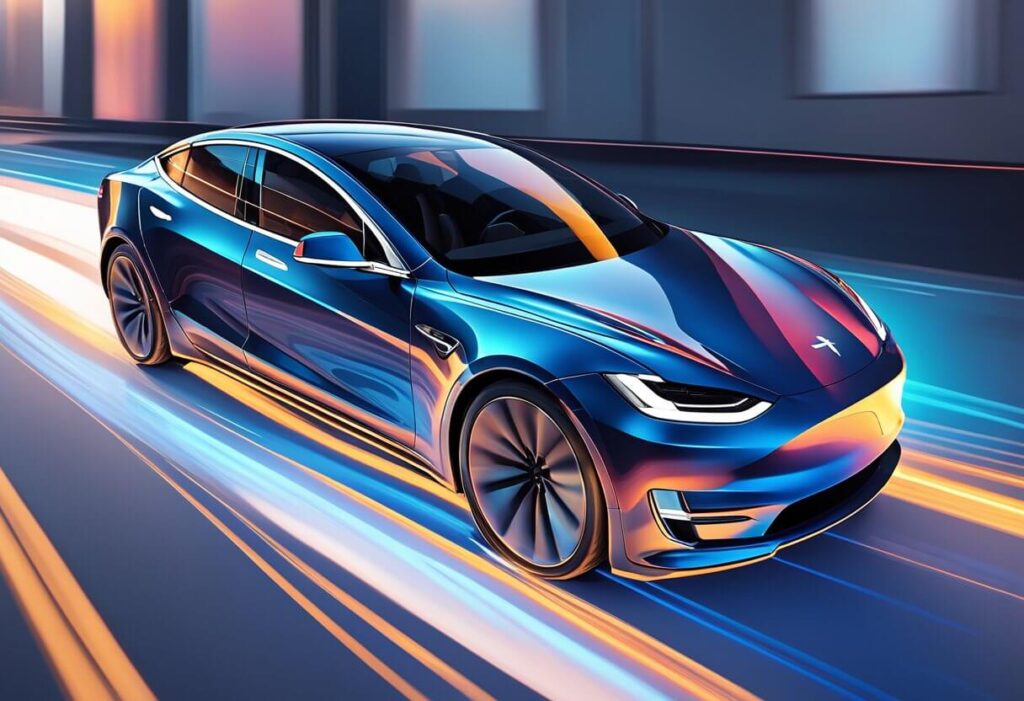
Launch Control Feature
The Tesla Model S Plaid comes equipped with a launch control feature that allows for a quick and effortless acceleration from a standstill. When engaged, the launch control feature optimizes the performance of the electric powertrain, ensuring maximum torque and power delivery to the wheels. The result is a lightning-fast 0-60 mph time of just 1.98 seconds, as tested by MotorTrend, making it one of the quickest production cars on the market.
Handling and Dynamics
The handling and dynamics of the Tesla Model S Plaid are impressive, thanks in part to its advanced suspension system and low center of gravity. The car feels planted and stable through corners, with minimal body roll and excellent grip from its high-performance tires. The steering is precise and responsive, providing a direct connection between the driver and the road.
Additionally, the Model S Plaid’s regenerative braking system allows for one-pedal driving, where the car can be brought to a complete stop without ever touching the brake pedal. This not only improves efficiency but also adds a level of convenience to the driving experience.
Safety Features
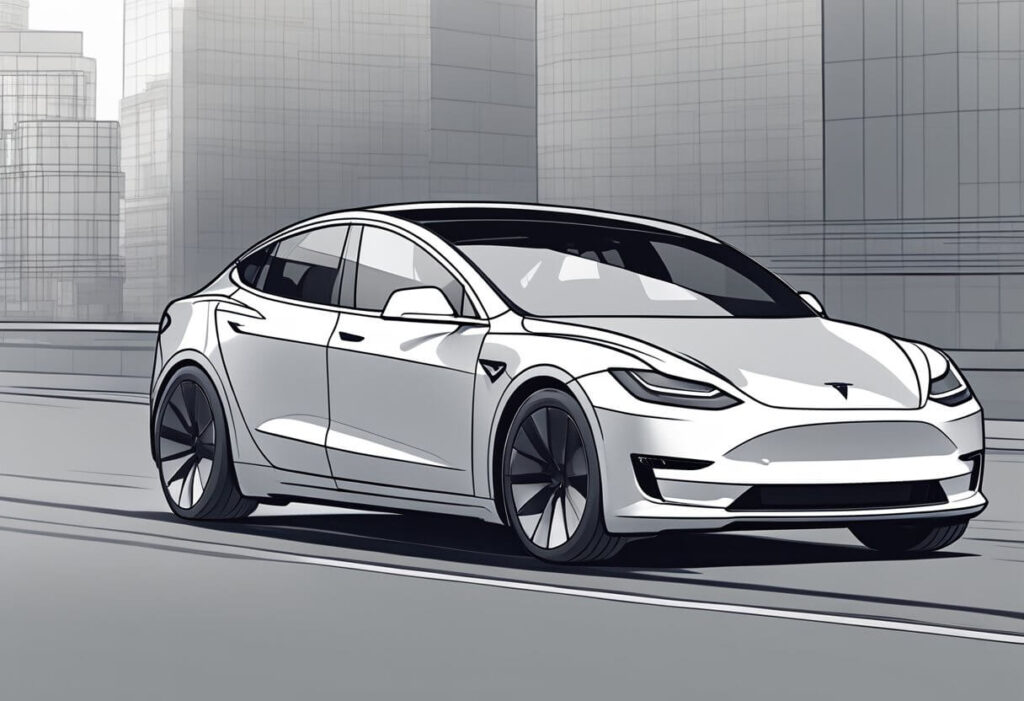
The Tesla Model S Plaid comes equipped with a range of advanced safety features to ensure the safety of its passengers.
One of the most notable features is the Autopilot system, which uses cameras, ultrasonic sensors, and radar to detect and avoid obstacles. This system allows the car to steer, accelerate, and brake automatically, making driving easier and safer. However, it is important to note that Autopilot is not a substitute for attentive driving, and drivers should always be prepared to take control of the vehicle if necessary.
In addition, the Model S Plaid also comes with a suite of active safety features, including forward collision warning, automatic emergency braking, and lane departure warning. These features work together to help prevent accidents and keep passengers safe.
Another safety feature of the Model S Plaid is its rigid body structure and advanced airbag system. The car’s body is made from high-strength steel and aluminum, which provides excellent protection in the event of a collision. The airbag system includes front, side, and knee airbags, which deploy in the event of a crash to help protect occupants.
Overall, the Tesla Model S Plaid is designed with safety in mind, and its advanced features and technology make it one of the safest cars on the road today.
Price and Value Proposition

The Tesla Model S Plaid is a high-performance electric vehicle that is priced at $114,990. While this is a significant amount of money, it is important to consider the value proposition that the Model S Plaid offers compared to other high-performance vehicles in its class.
Firstly, the Model S Plaid’s 0-60 mph time of 1.98 seconds is faster than any other production car on the market. This level of performance is typically only found in hypercars that cost millions of dollars. Additionally, the Plaid’s top speed of 200 mph is also impressive.
In terms of range, the Plaid offers a battery range of 396 miles, which is more than most other electric vehicles on the market. This means that the Plaid can be used for long-distance travel without the need for frequent recharging.
The Plaid also comes with Tesla’s Autopilot system, which provides advanced driver assistance features such as automatic emergency braking and lane departure warning. For an additional fee, customers can upgrade to Full Self-Driving (FSD) capability, which promises to eventually allow the vehicle to drive itself in most situations.
While the Model S Plaid is not cheap, it is important to consider the level of performance and technology that it offers compared to other high-performance vehicles in its class. For those who are looking for a high-performance electric vehicle with advanced technology and features, the Model S Plaid is a compelling option.
Market Reception and Reviews

The Tesla Model S Plaid has received a lot of attention and praise from the automotive industry and consumers alike. The car’s impressive acceleration, top speed, and range have been the main talking points for many reviewers.
According to MotorTrend, the Plaid’s 0-60 mph time of 1.98 seconds is the quickest they have ever recorded in a production car. The car’s top speed of 200 mph and range of over 396 miles per charge have also been highlighted as impressive features.
Car and Driver praised the Plaid’s handling and braking, stating that the car “feels like it’s glued to the road”. The car’s interior and technology have also received positive reviews, with many reviewers noting the large touchscreen display and advanced driver-assistance features.
However, some reviewers have criticized the Plaid’s high price tag, which starts at over $139,990 . Consumer Reports also found some issues with the car’s build quality and reliability, citing problems with the car’s body hardware and paint.
Overall, the Tesla Model S Plaid has received mostly positive reviews and has been praised for its impressive performance and advanced technology. However, the car’s high price tag and potential reliability issues may be a concern for some buyers.
